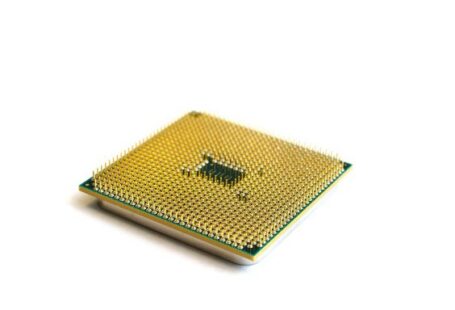In the world of Android development, staying up-to-date with the latest tools and technologies is crucial. One such technology that has gained significant popularity in recent years is Kotlin. Kotlin is a modern programming language that has been designed specifically for Android development. With its concise syntax, powerful features, and seamless integration with existing Java code, Kotlin has revolutionized the way developers create Android applications. In this article, we will explore why Kotlin is the language of choice for modern Android development and how it makes the development process easier.
Seamless Integration with Java
One of the biggest advantages of Kotlin is its seamless integration with existing Java code. This means that developers can easily migrate their existing Java projects to Kotlin without any major code changes. Kotlin can call Java code and vice versa, allowing developers to leverage their existing Java libraries and frameworks in their Kotlin projects. This makes the transition to Kotlin smoother and less time-consuming, making it an ideal choice for teams working on large-scale Android applications.
Null Safety
Null pointer exceptions are a common headache for Android developers. Kotlin tackles this issue by introducing null safety into its type system. In Kotlin, variables are divided into two types: nullable and non-null. Nullable variables require explicit handling of null values, reducing the chances of null pointer exceptions. This feature not only makes the code more robust but also improves the overall developer experience by catching potential bugs at compile-time.
Concise Syntax
Kotlin’s concise syntax is one of its key selling points. It eliminates boilerplate code and reduces the verbosity of the codebase. For example, Kotlin’s type inference system allows developers to omit explicit type declarations, making the code more readable and less cluttered. Additionally, Kotlin provides a range of useful shorthand notations and language constructs that simplify common tasks, such as iterating over collections or handling null values. This concise syntax not only makes the code easier to write but also easier to understand and maintain.
Coroutines for Asynchronous Programming
Asynchronous programming is an essential part of modern Android applications. Kotlin introduces coroutines, a lightweight concurrency framework, to simplify asynchronous programming. Coroutines allow developers to write asynchronous code in a sequential and linear manner, without the need for callback functions or complex threading models. This makes the code more readable and less error-prone. Coroutines also provide built-in support for cancellation, exception handling, and structured concurrency, making it easier to write robust and maintainable asynchronous code.
Jetpack Integration
Kotlin seamlessly integrates with Android Jetpack, a set of libraries and tools that help developers build high-quality Android applications. Jetpack provides a set of modern and recommended architecture components, such as ViewModel, LiveData, and Room, which Kotlin can easily work with. Kotlin’s concise syntax and null safety features complement Jetpack’s architecture components, making development more efficient and less error-prone. This combination of Kotlin and Jetpack allows developers to build scalable and maintainable Android applications with ease.
Conclusion: A Game-Changer for Android Development
Kotlin has undoubtedly revolutionized Android development. Its seamless integration with Java, null safety features, concise syntax, coroutines for asynchronous programming, and Jetpack integration have made it the language of choice for modern Android development. With Kotlin, developers can write clean, robust, and maintainable code, resulting in faster development cycles and fewer bugs. Whether you are a beginner or an experienced Android developer, learning Kotlin is essential for staying ahead in the ever-evolving world of Android development. So, embrace Kotlin and unlock the full potential of modern Android development.





